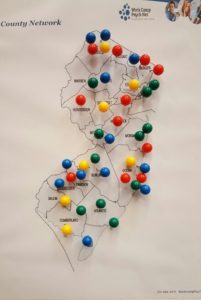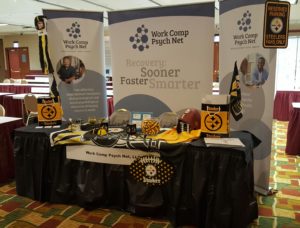Question: On Wednesday, April 5, 2017, where will more than 200 really smart New Jersey workers’ compensation professionals be?
Answer: At the Doubletree Hotel in Mount Laurel, New Jersey, attending John Geaney’s “Complete One-Day New jersey Workers’ Compensation Seminar.”
Well, technically the seminar is put on by Millennium Seminars, LLC, but Geaney, a Shareholder and Executive Committee Member of the prestigious law firm, Capehart Scatchard, is the creator of these seminars for workers’ compensation pros. He’s been organizing and running these things for many years, but the events never seem to get old or stale.
At Workers Compensation Psychological Network, we’re proud, honored even, to be sponsoring the upcoming educational day.
The Spring Seminar’s Agenda is chock full of information geared to helping overworked claims adjusters, nurses, case managers and attorneys do their jobs more efficiently and effectively.
In addition to learning about recent case law, listening to leading physicians discuss up to date medical issues (one session is “Causation and Treatment of Spine Claims”), hearing leading employer workers’ compensation managers offer tips to rein in costs (at this seminar, managers from United Airlines, ABM Industries and Verizon will present) John Geaney always manages to weave in some fun (at his last seminar, he organized a College Bowl style competition).
If you’re a workers’ comp professional, you really ought to register to attend this worthwhile event. And if you do go, please stop by the Workers Compensation Psychological Network booth to say hello. We’d love to see you.

